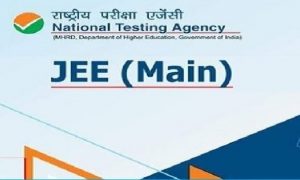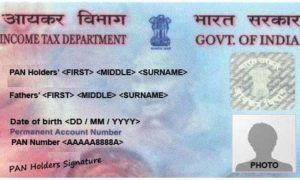A quality higher education can help in laying the foundation of a steady career and higher package. However, the steep rise in the cost of higher education makes it unaffordable for a large section of our populace. Resultantly, availing education loans from banks and NBFCs has become the dominant source of funding higher education.
However, the risk of not getting a well-paying job and the prospect of remaining in debt for several years has made it all more important to carefully compare the education loan features and take an informed decision. Here are some of the things you should consider before applying for an education loan:
Loan Amount: Apart from the course fee, your education loan amount should be big enough to cover major expenses including, hostel fee, and cost of laptop, equipment, and books. The maximum loan amount for domestic and overseas courses is Rs 10 lakh and Rs 20 lakh, respectively. However, lenders may approve higher loan amounts for courses offered by reputed institutes like IIMs, IITs, ISB, etc. Hence, you should compare the loan amount offered by as many lenders as possible for your course.
Repayment period: Lenders usually offer a moratorium period of 1 year in addition to the course period during which the borrowers are not required to pay their EMIs. The borrowers then get a repayment period of 15 years once they start repaying their EMIs. However, the interest calculation starts right after the loan disbursal and the accrued interest is added to your principal amount. Note, the lender can increase the moratorium period by two years if the borrower is unable to complete the course by the scheduled date or plan to set up his own start-up.
Rate of interest: The interest rate of education loan usually starts from around 6.75% p.a., depending on the type of the course, institution, past academic performance, credit score of the student/co-applicant and the security offered. Lenders levy simple interest rates during the moratorium period and then charge the compounded interest rate after the commencement of EMI repayments. Note that some lenders also offer interest concession of up to 1% on servicing the interest component of the loan during the moratorium period. Hence, borrowers should try to service the simple interest accrued during the moratorium period to reduce their overall interest cost.
Read More: Star Health Premier Insurance Policy for individuals above age 50 launched – Check details
Margin money: Lenders usually require borrowers to finance a part of their education cost from their own pocket. However, for education loans of up to Rs 4 lakh, no margin money is required. Loans above Rs 4 lakh require margin money of 5% and 15% for Indian and overseas courses, respectively. However, some lenders like SBI waive off margin money for courses pursued in top education institutes.
Tie-up between college and banks/NBFC: Many education institutes partner with banks and NBFCs to arrange education loans for their students. Hence, higher education aspirants should check with their university/institute about any existing education loan partnerships with banks or NBFCs. Such tie-ups can help speed up the loan process and may also help in availing education loans at lower interest rates.
Estimate the future earnings to calculate the EMIs: Students planning to finance their higher education through loan should carefully go through the placement history and average pay offered through their eligible institutions. This would help them roughly estimate the expected monthly income and accordingly plan their EMI and loan tenure. Borrowers should avoid an aggressive repayment schedule as any EMI default caused by unemployment or lower than expected pay will adversely impact their credit score and future loan eligibility. Borrowers can always pre-pay their education loan later without incurring any prepayment penalty.
Read More: 5 simple ways to make your car insurance more cost-effective
Tax benefits: Individuals availing education loans for self, children, spouse, or children under guardianship are eligible to claim tax deductions under Section 80E of the Income Tax Act. This deduction is available on the interest component of the loan and has no upper limit. However, the deduction is available for only eight years from the day of the commencement of EMIs. Therefore, borrowers should try to repay their loan within 8 years to maximise tax benefits.
Collaterals/Guarantor of loan: Lenders usually do not insist on collateral or third-party guarantee for education loans of up to Rs 4 lakh. Some lenders like HDFC Bank and Bank of Baroda extend this benefit for loans amounting up to Rs 7.5 lakh. Education loans between Rs 4 lakh and Rs 7.5 lakh may also require a third-party guarantor; however, this can also be waived off provided the lender is satisfied with the repayment capacity of the co-borrower. For education loans above Rs 7.5 lakh, lenders may require an additional tangible security in the form of property, mutual funds, bank deposit, insurance policies, etc.





































